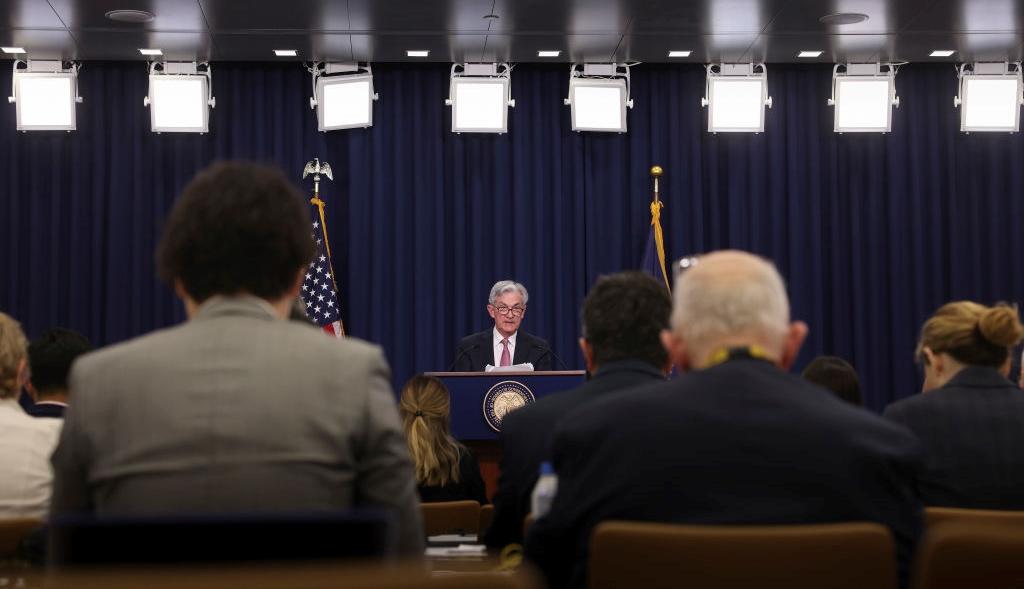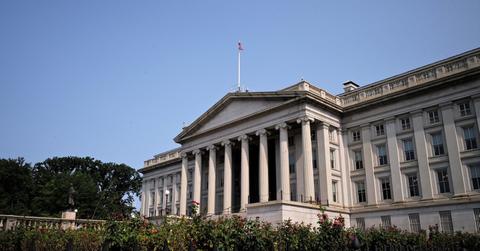Municipal Bonds, Explained: What to Know As Muni Bonds Popularize Again
Municipal bonds, also referred to as muni bonds, are rising in popularity again. Here’s what you need to know about municipal bonds before investing.
June 2 2022, Published 11:22 a.m. ET
So far in 2022, municipal bonds, or muni bonds, have struggled to maintain popularity as the U.S. government raises federal interest rates. Muni bonds have an inverse relationship with interest rates. As rates increase, muni bond prices decrease. As rates go down, muni prices rise. However, recent shifts suggest the trend may be reversing as investors look for ways to hedge their capital in an uncertain market.
Hyperinflation and a potential post-pandemic recession are two key factors in this market uncertainty. However, muni bond sellers are slowing their roll, recent data suggests. Here’s the rundown of what muni bonds are and where they may be headed in the near future.
What are municipal bonds? A rundown

Federal Reserve Chairman Jerome Powell
U.S. states, cities, counties, and some other entities (including public and private sector organizations and nonprofits) issue municipal bonds as a way to get capital from investors. For muni bond buyers, the aim is for the bond price to increase by its maturity date. Generally, higher federal interest rates incur a lower bond price and vice versa.
The government uses cash from muni bonds to fund public projects. Munis have lower interest rates than other bonds but are generally tax-free, which makes them a popular choice for people in higher income brackets to hedge against their riskier investments.
Muni bonds aren't without risk. If the government defaults or interest rates rise, you can lose money. However, there are upsides many people like.
Muni bond activity is in the red in 2022.
With interest rates near zero for the first couple of years of the COVID-19 pandemic, the economy has taken rising rates hard. One outcome of this is an increase in outflows (or sales) of muni bonds. According to financial firm Refinitiv Lipper, investors bought $96.8 billion in muni mutual funds and ETFs in 2021. For the first five months of 2022, more people are selling than buying, which keeps the inflow ratio in the red.
However, that seems to be changing. Muni sales are decreasing and, as a result, the gap between outflows and inflows appears to be narrowing.
With outflows down, muni bonds show signs of activity.
The head of municipal research and analytics at HilltopSecurities, Tom Kozlik told reporters, “We are going to see bits of strengthened demand through the summer.” Rather than a full turnaround, Kozlik says there will be some relief that may make munis a good hedge for the summer slowdown.
U.S. municipal bond maturity dates are approaching in June and July and more investors may be marking their calendars to buy when the time comes. With a higher municipal-Treasury ratio (the ratio between muni bond yields and Treasury bond yields), signs point to a revival — even if it’s a slim one.
Ben Barber of Franklin Templeton Investments discussed muni bonds and said, “Investors are beginning to take notice of the attractive valuations and tax-free income potential. We just haven’t seen that en masse to this point.” Barber also said, “A tightening of new issuance in the upcoming weeks will likely help to slow down the supply/demand imbalance created in the most recent quarter.”

